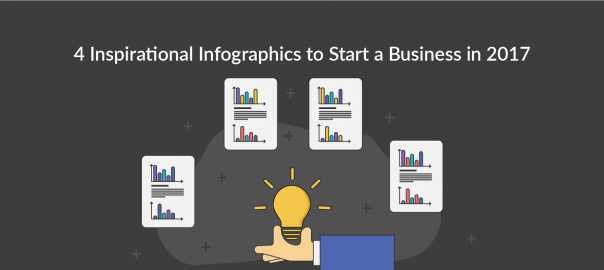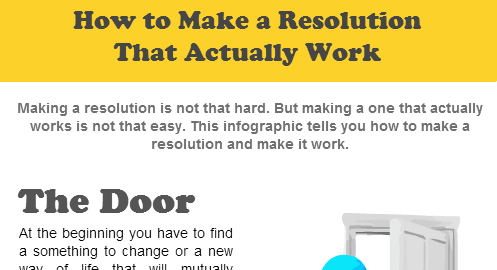Infographics are everywhere. In fact, they are so ubiquitous, we hardly realize how useful they can be. Calorie charts and cooking instructions on food packaging? Yes, those are infographics. How about the metro map you pull up on your phone… Read More



